“Foolery, sir, does walk about the orb like the sun, it shines every where.”
—Feste, Twelfth Night, by William Shakespeare
This week, we return to The People of Light and Shadow series exploring the characters and creatures of fairytale and folklore, with “The Harlequin,” featuring actor Christina Jones.
The Harlequin: Christina Jones
Christina Jones is an exceptional actor with a strong talent for improvisation and authentic performance, whether she’s playing comic or dramatic roles. I’ve had the opportunity to photograph her performances in Birch House Immersive’s interactive shows (Lonely Hearts and The Ode at Pint’s End) and Idle Muse Theatre Company’s last two productions (In the Next Room and Upon This Shore). I’ve wanted to work with Christina on a Distant Era project for some time.
Christina was drawn to the idea of portraying the comic and tragic, and as we discussed this concept, we circled around the archetype of the fool as a common element in fairytales and folklore.
Distant Era bestie, costume designer, and makeup artist Erin Gallagher ran with the idea of the fool, working with Christina to create the look for this portrait. Erin has been the costume consultant on The People of Light and Shadow series, having also provided the costume for “The Hunted Princess” and pieces for “The Morrigan.” Erin considered appearing in the series herself but opted instead to design for Christina, with whom she shared the stage in Idle Muse’s In the Next Room in early 2020. I had once shot some images for a tarot line of products Erin did, though we never shot a fool for that series; by happy coincidence we could make this session serve both our ends.
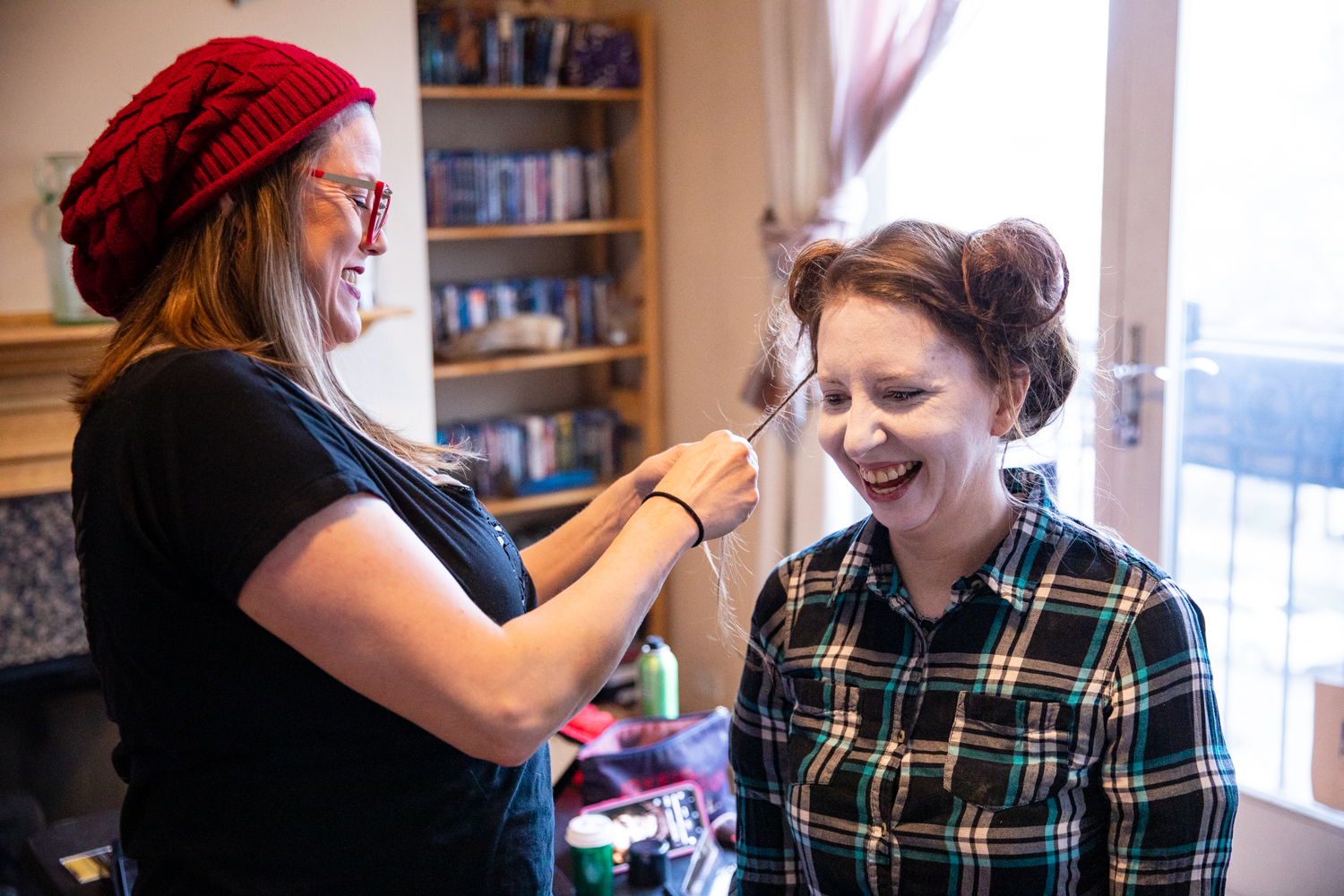

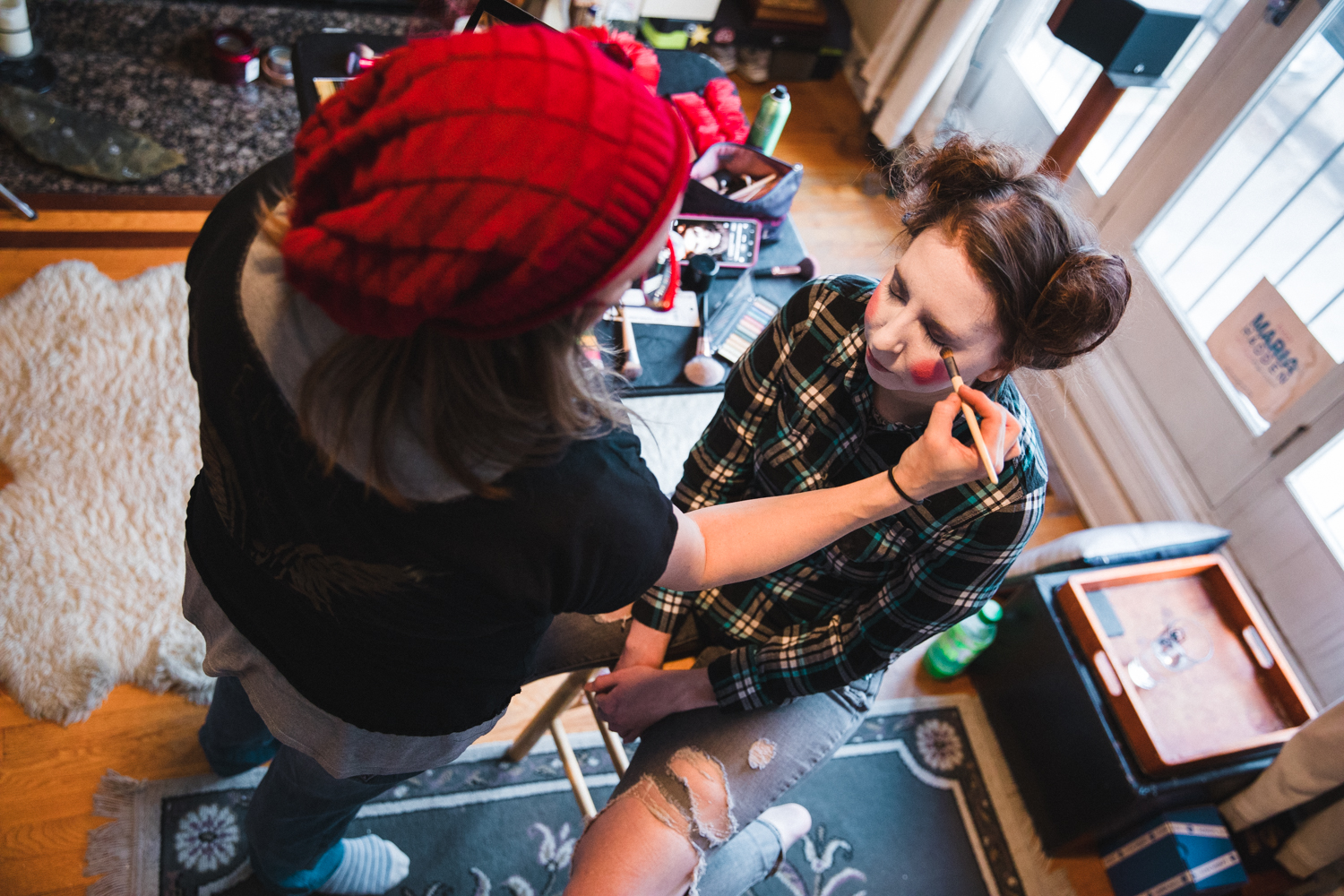

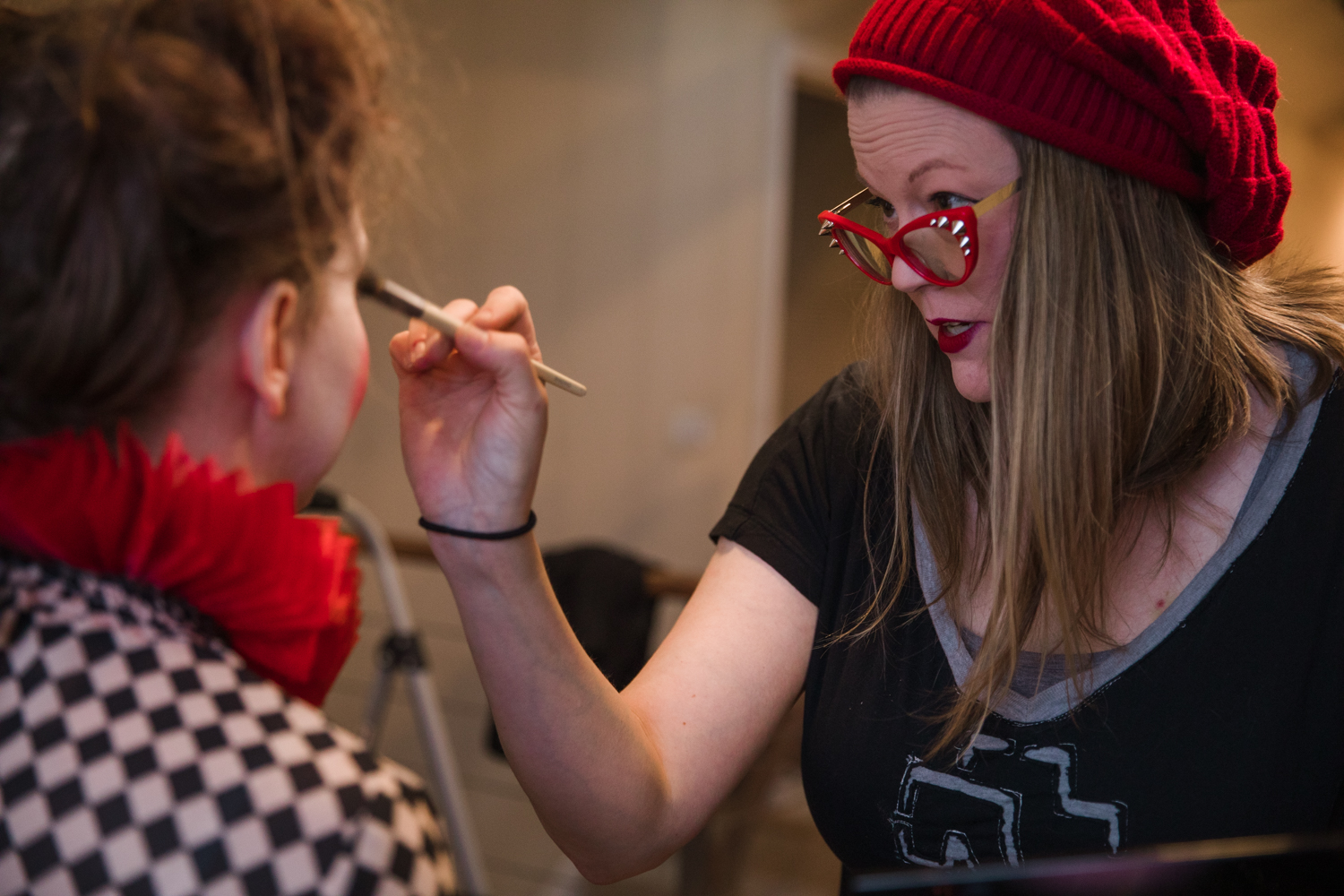
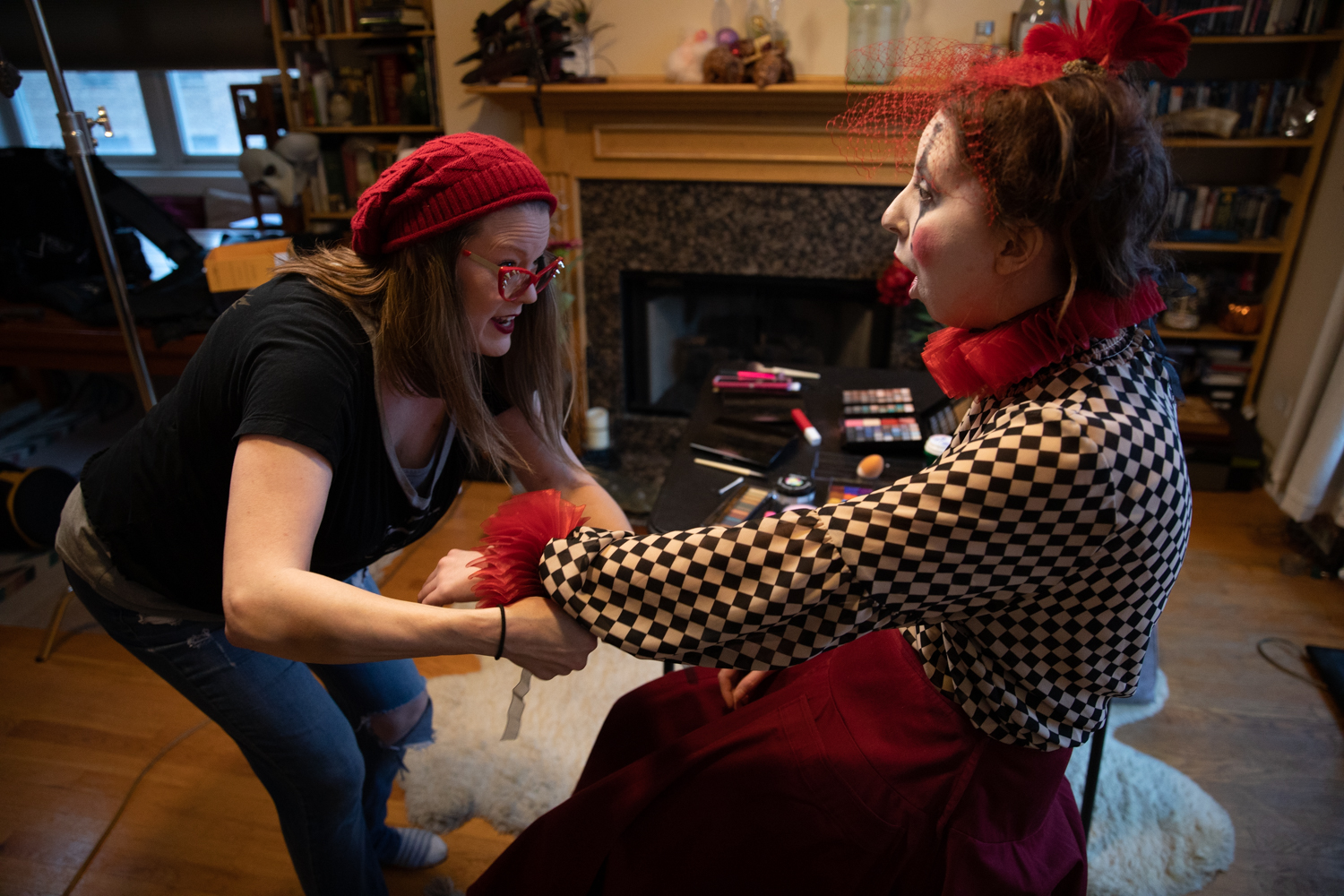

As the look developed for this portrait, it took on a very specific—and one might say altogether different—aspect of the fool archetype: the harlequin. Indeed both Erin’s costume and makeup feature the traditional diamond harlequin pattern and the traditional harlequin colors of red and black. For more on that topic, check out The Harlequin Story Inspirations below.
Elizabeth MacDougald provided invaluable assistance in the studio.
Photography
For “The Harlequin,” we used a relatively simple lighting setup. We began with similar lighting to “The Queen of Air and Darkness,” using the 3′ x 4′ softbox as the key light camera left and then a 65″ deep white umbrella (diffused) at a lower power also at camera left to fill in shadows. To the right of the subject we positioned a white V-flat for fill. We used this setup for the initial “fool” images shot against a gray background as well as for the first images shot against the brown fine art background. In the last sequence, however, as well as the series image above, we swapped the softbox for a small beauty dish with a grid attached. This created the shadows you can see in the series image above. Our camera settings for “The Harlequin” were our standard for this series: f/8, ISO 100, 1/200 sec. at a focal length of 85 mm.
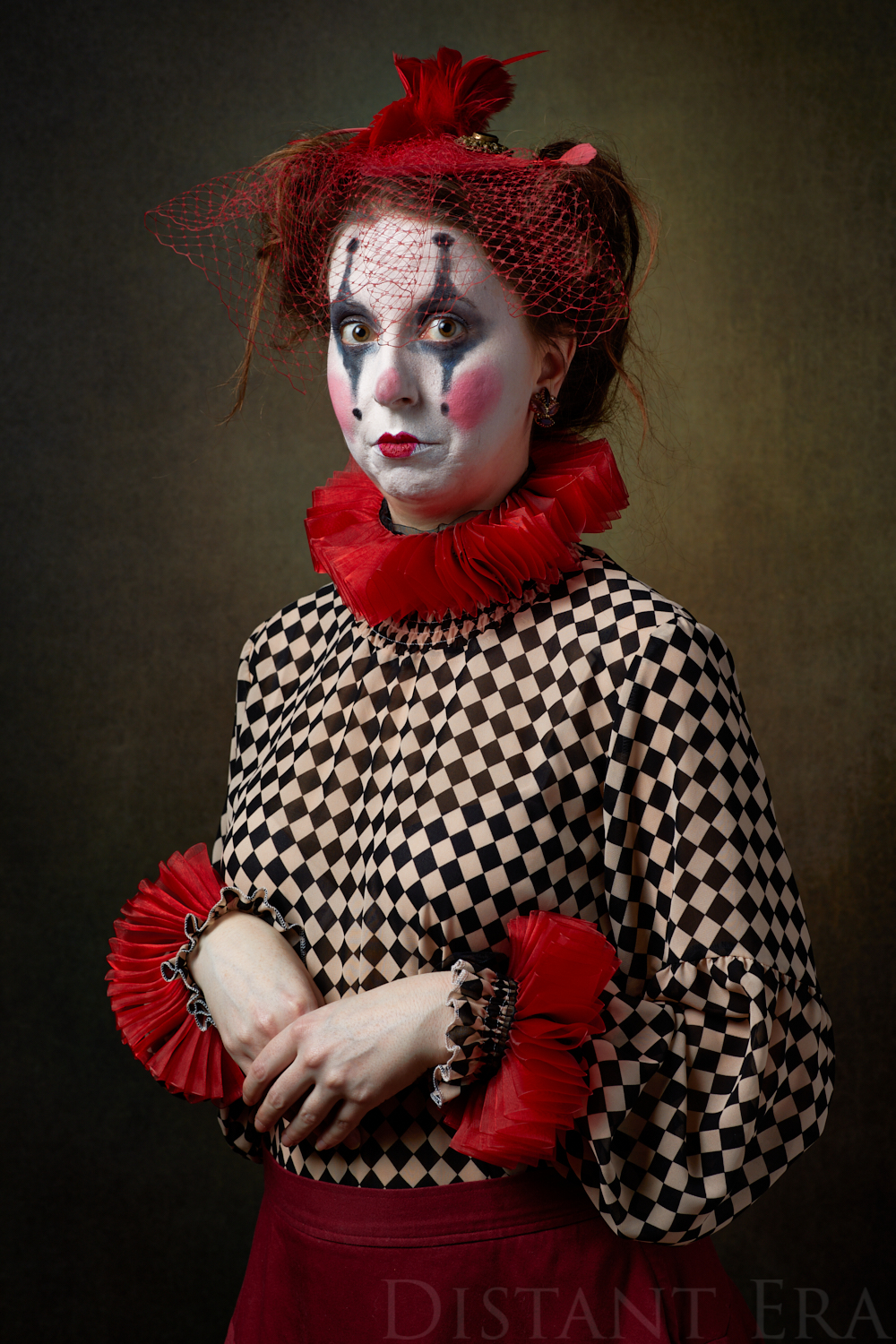
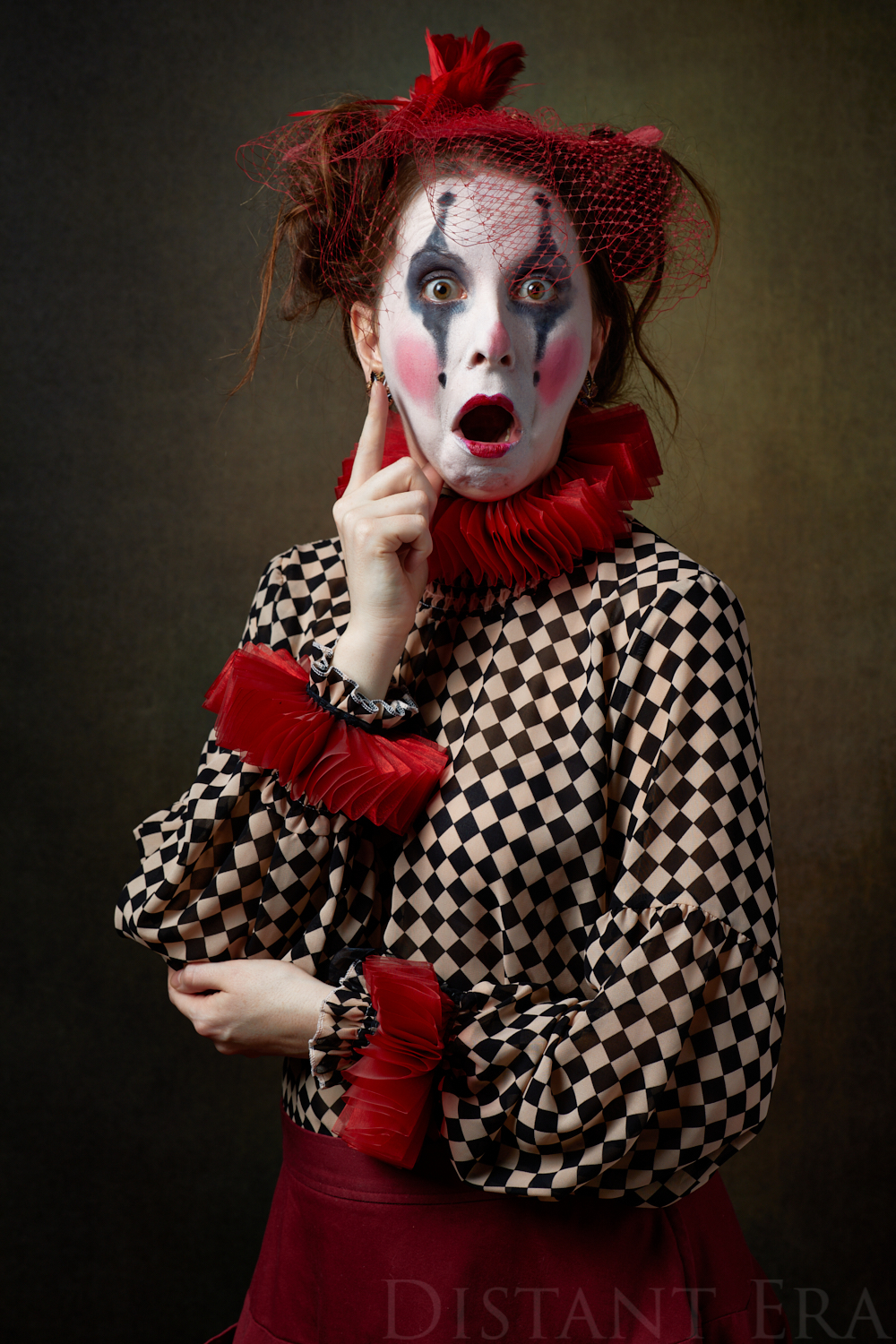

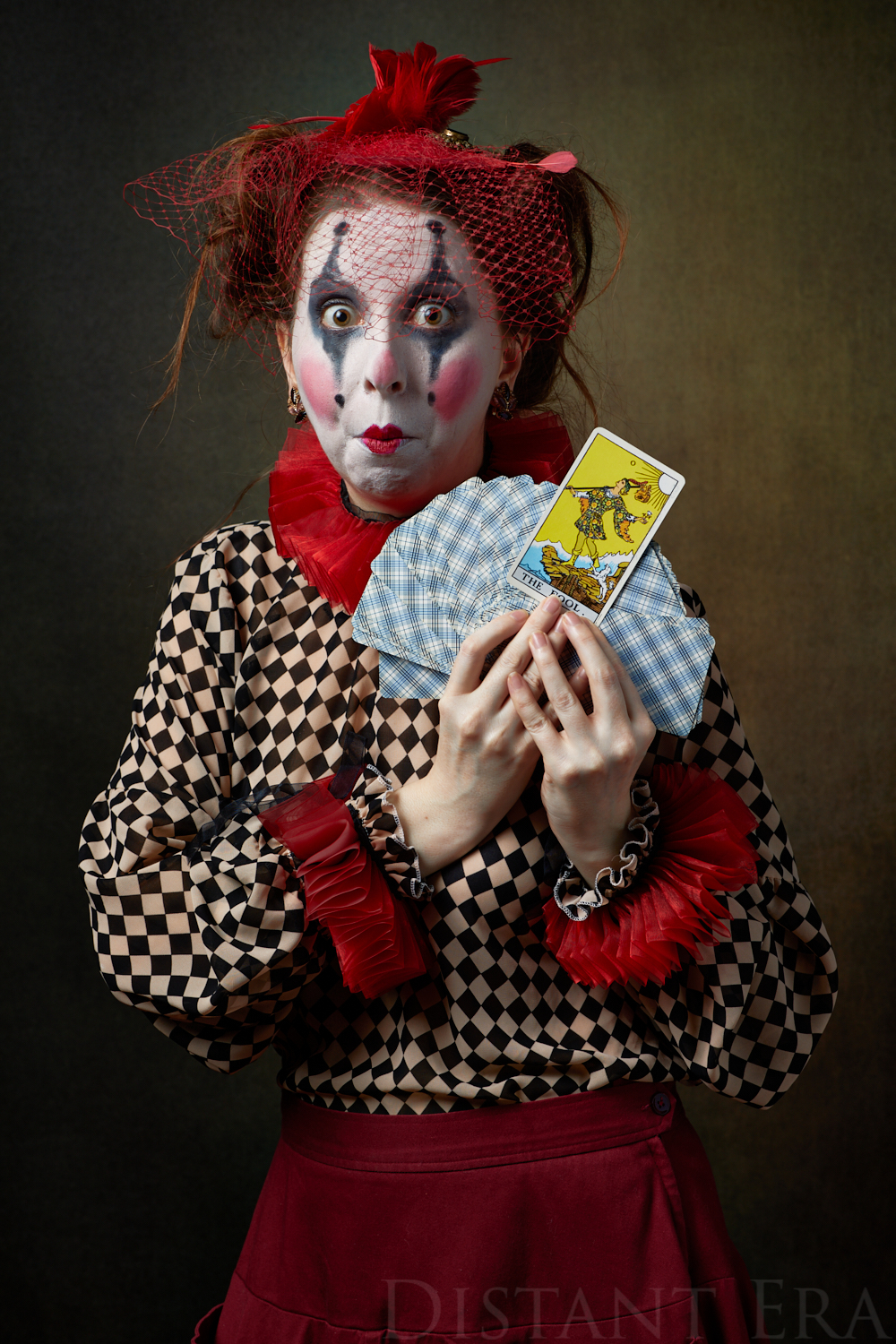
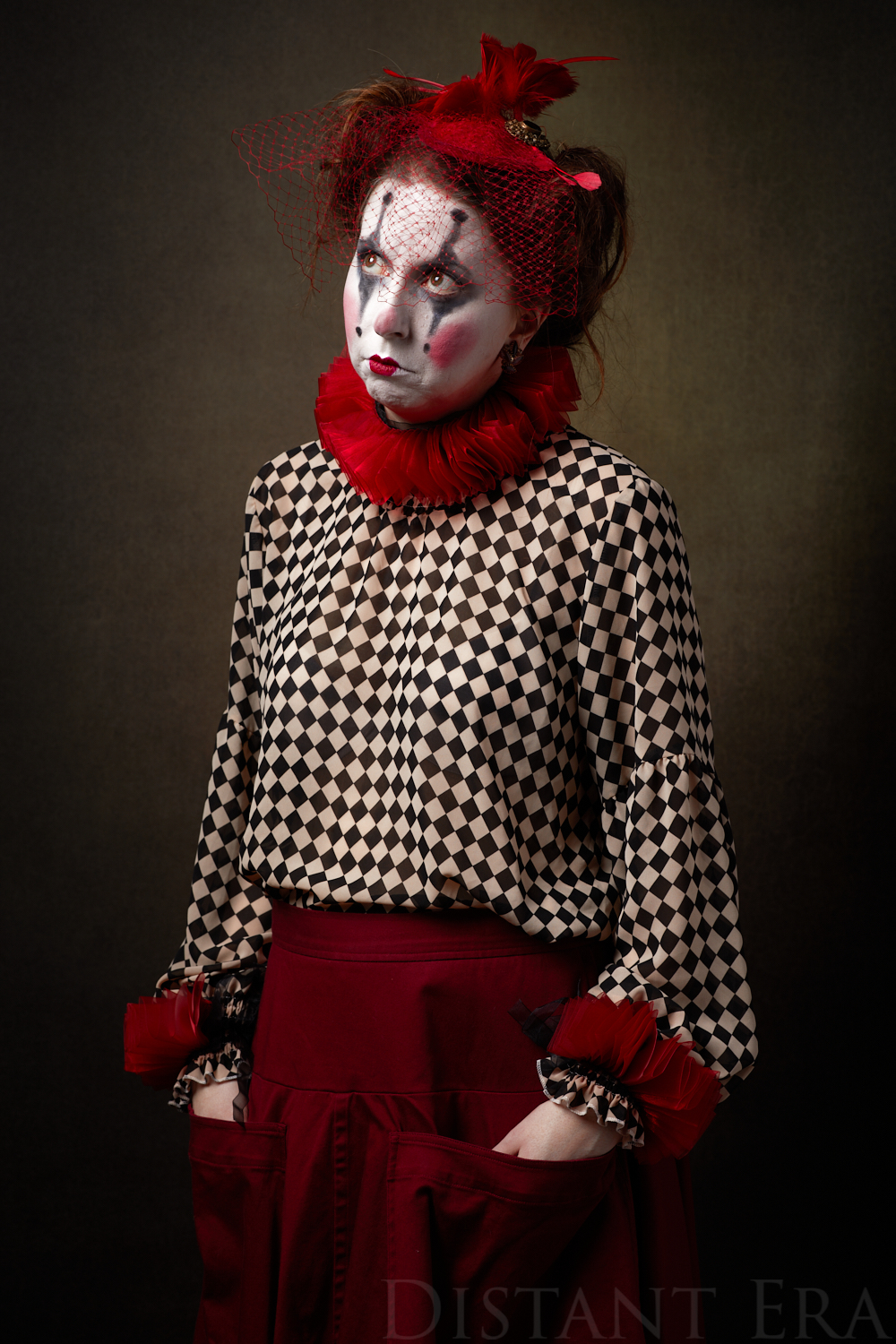

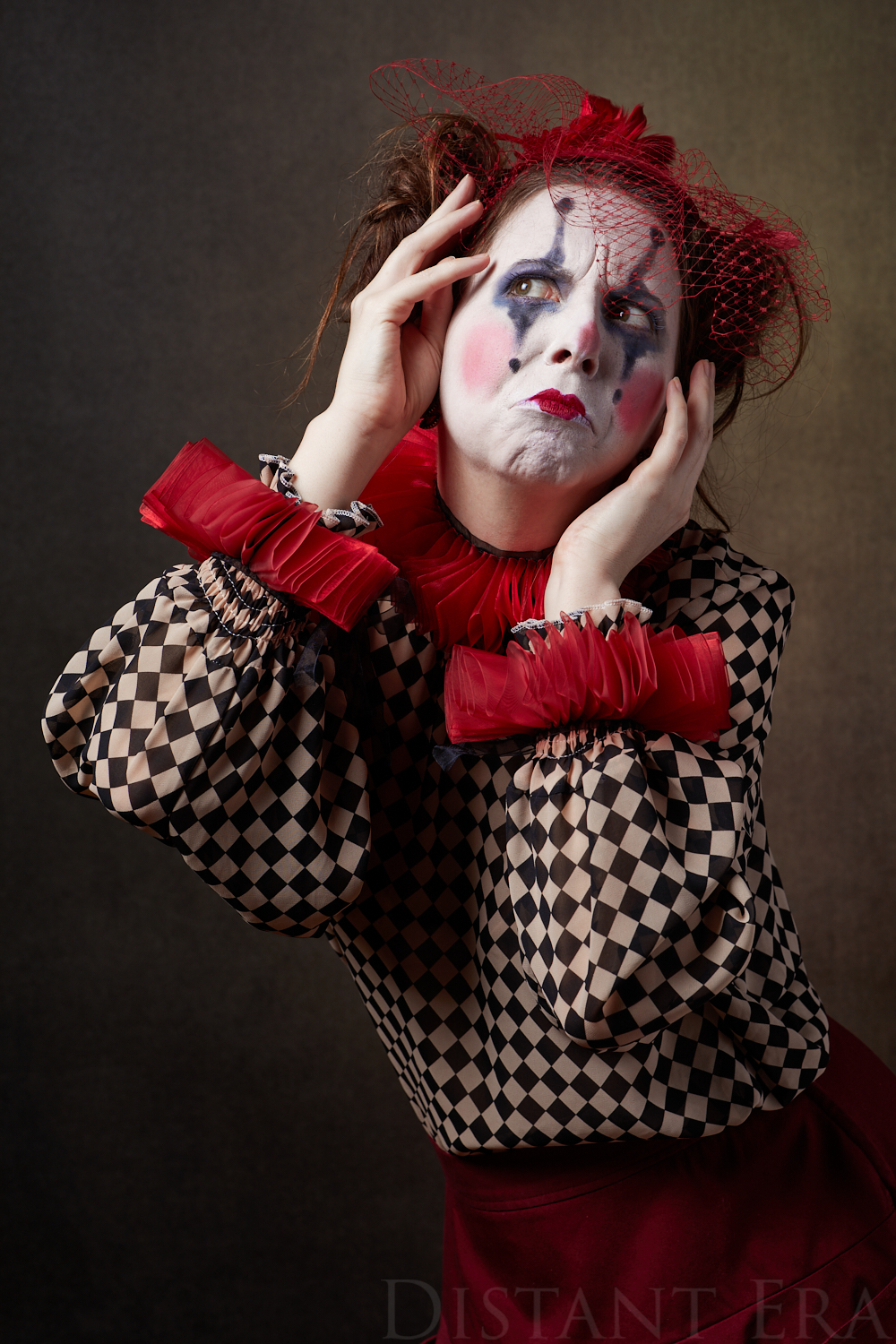
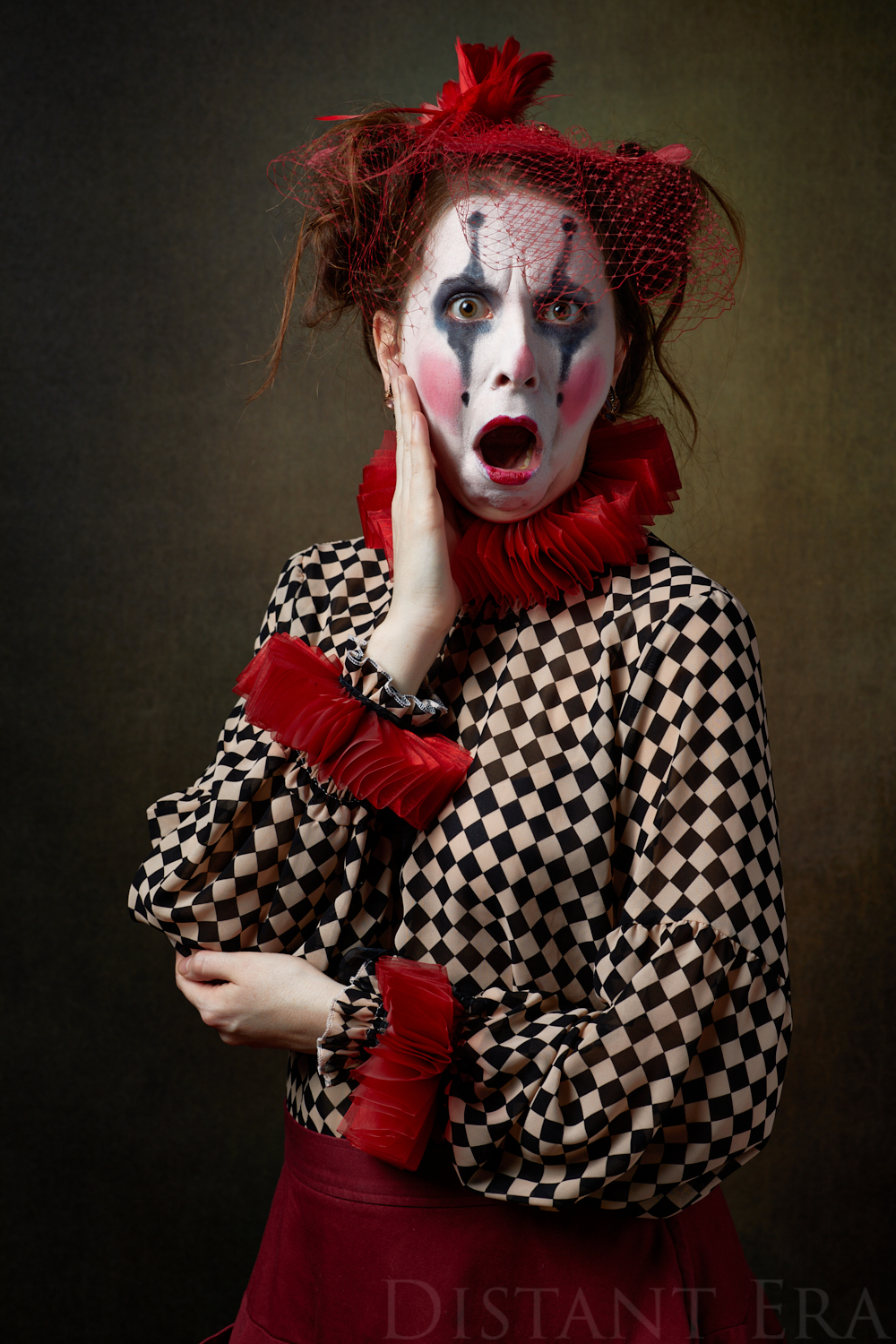
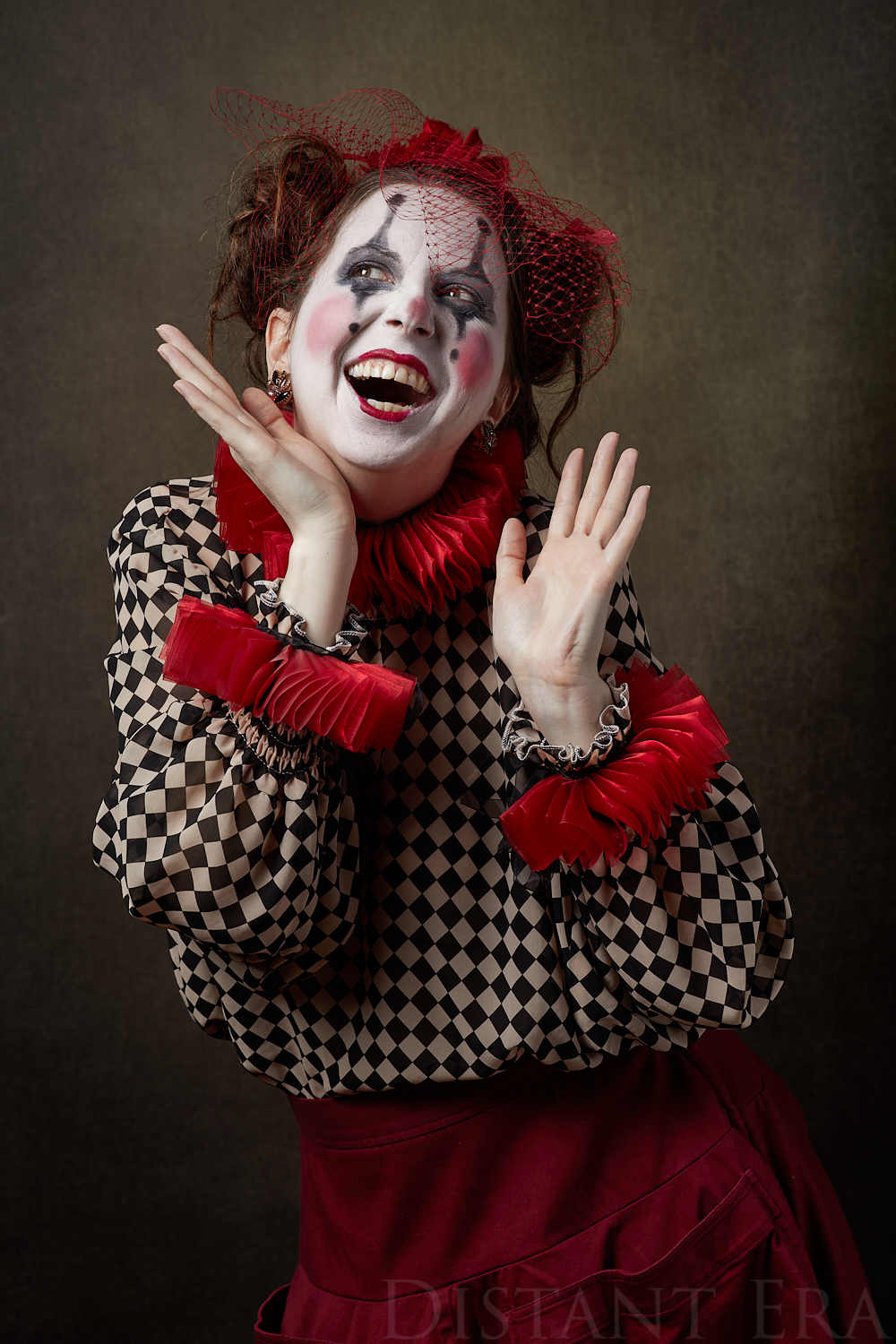
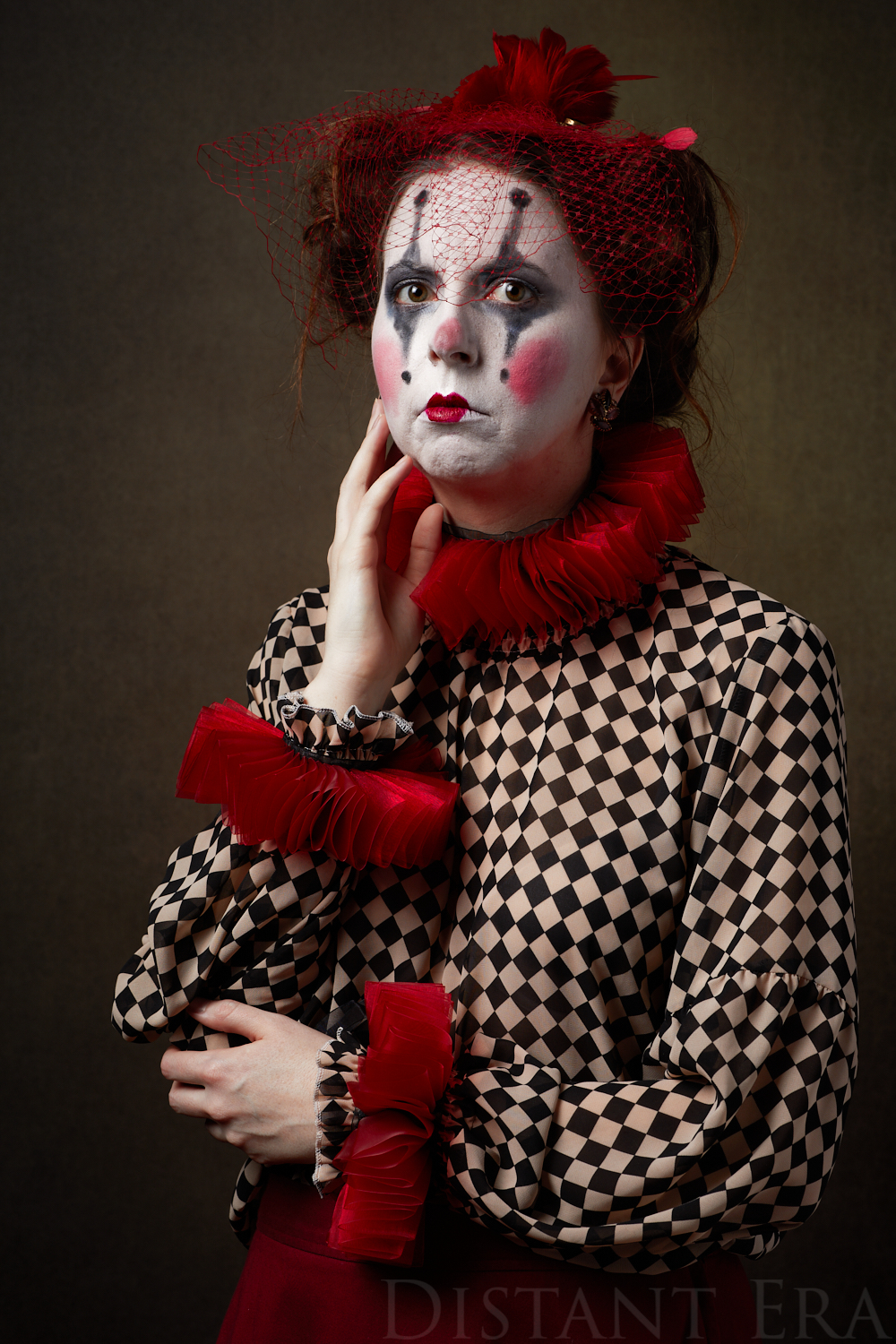
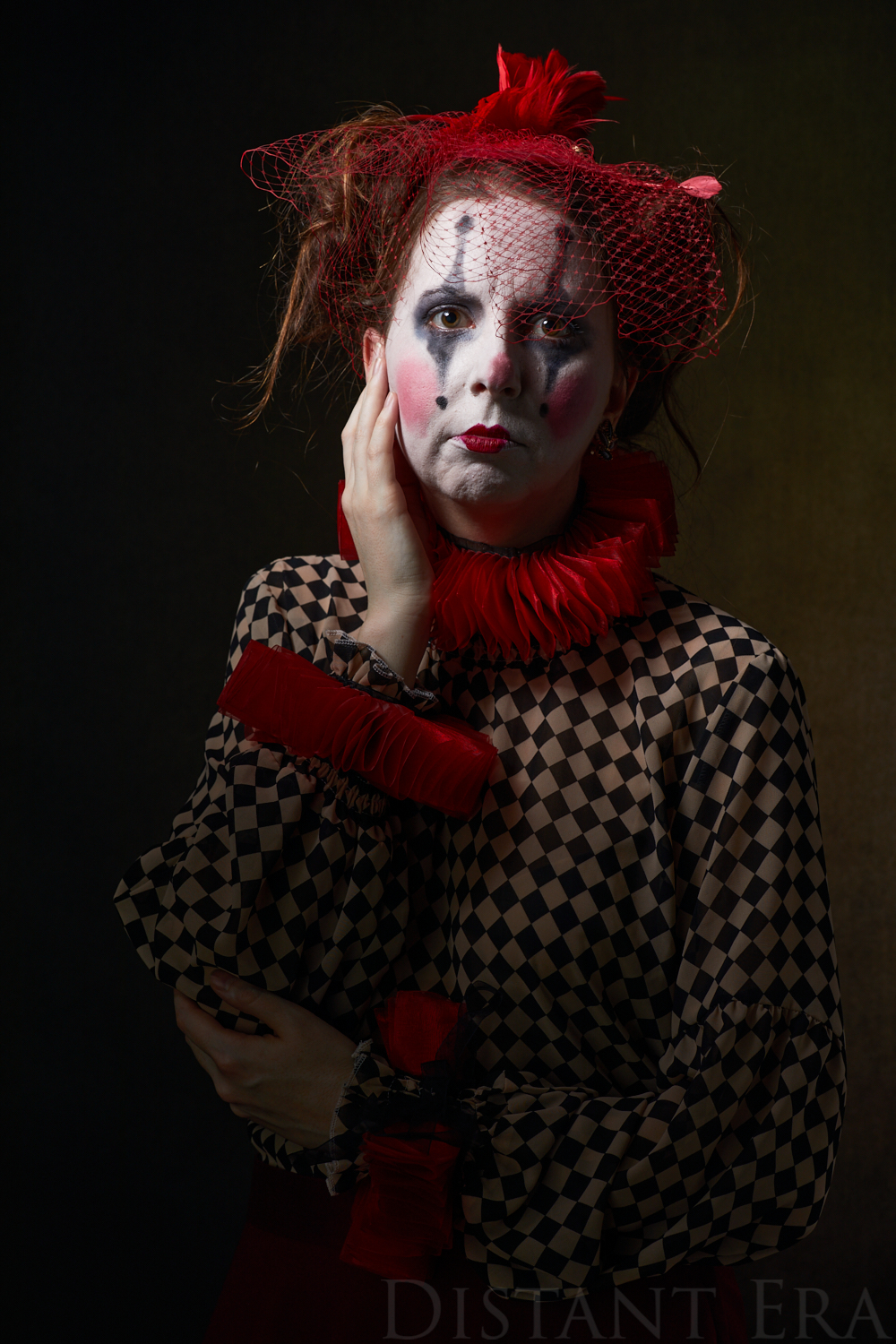

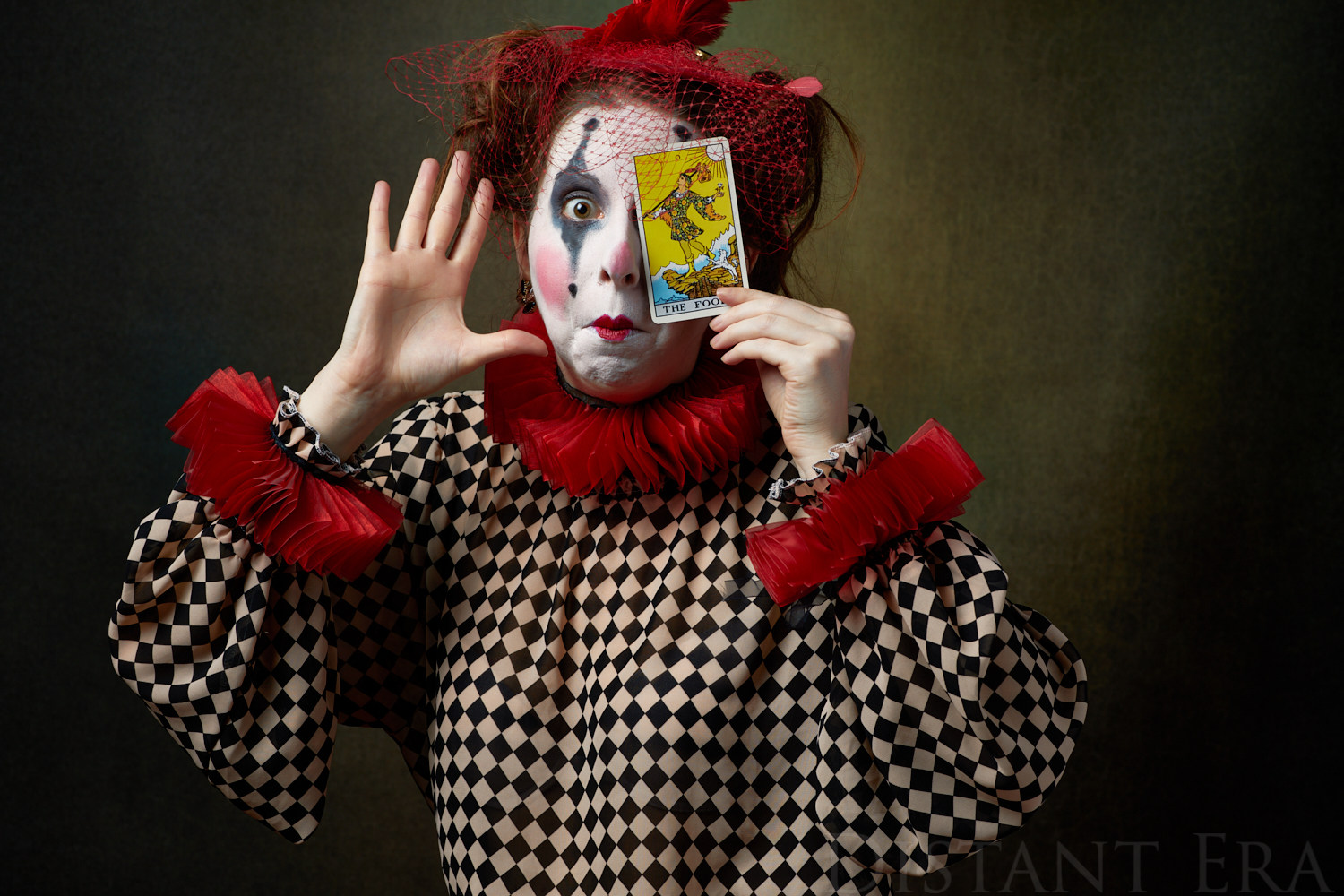
Editing and Compositing
It was difficult to choose a series image, as most of the images looked very good right out of camera. The initial editing pass reduced 330 images to 150. After another pass, there were twenty strong contenders, and at the very last only two—one very evenly lit with the gorgeous light of the softbox (like “The Queen of Air and Darkness“) and one very moodily lit with the beauty dish. In the end, I opted for the moody image with the most shadow. Not only was this more in keeping with the series but it added mystery to “The Harlequin” and teased the character’s shadowy origins.
“The Harlequin” has been one of the most painless edits of the series. While I initially applied heavier edits and textures to the image, I ended up pulling back. I had been happy with the image from the beginning, so this edit was all about bringing out the details that were already in the photo rather than adding on to it. I scrapped the extra layers I added to the image and concentrated on the colors, highlights, and shadows that already existed. The image still took several passes to edit over the course of a few days, but it was more or less enjoyable. I also messed around with a quick bit of compositing to recreate the Fool from the tarot in a first rough attempt to composite a style inspired by one of my favorite photographers on Instagram—Chris Koeppen of An Ethereal Fire.
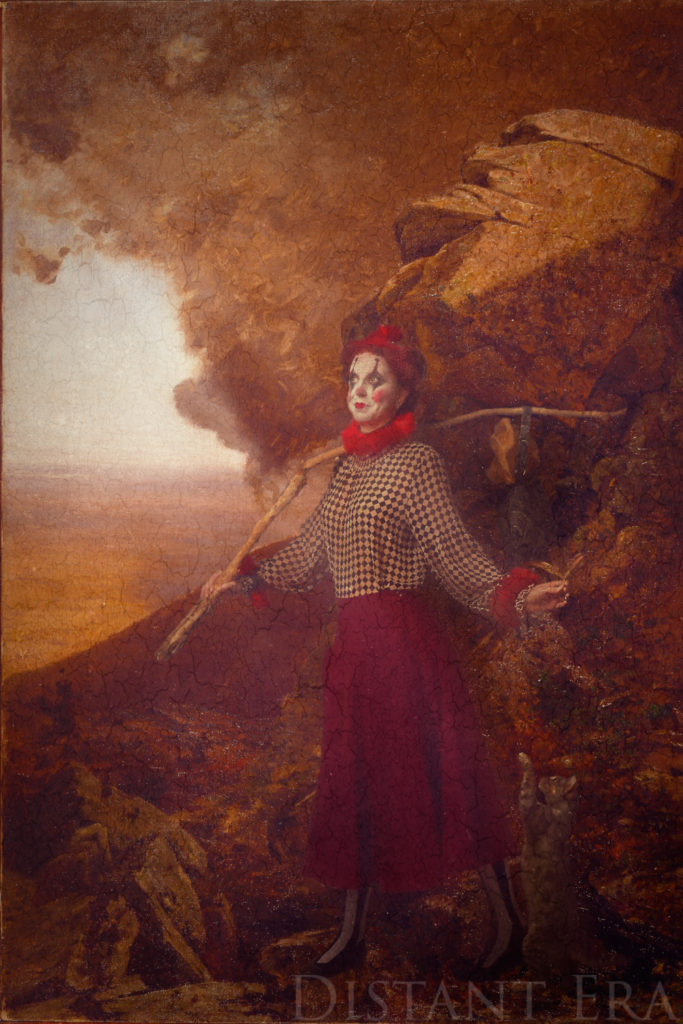
The Harlequin Story Inspirations
While I’m conflating the fool, the harlequin, and the clown into a single archetype for this series, they are distinct things and also sometimes not distinct things.
To distinguish them: the fool is well represented by the concepts that describe its archetype as the first card in the major arcana of the tarot—a vagabond, wanderer, or rambler, cheerful, free spirited and carefree, inexperienced but lucky, and somehow wise in spite of its innocence. In a sense, clowns and harlequins might fit this archetype.
In commedia dell’arte, Clown and Harlequin are different roles, Clown having split from Harlequin in the early nineteenth century. Both wear what we often think of as jester’s motley, though Harlequin’s origins are more shadowy and diabolic:
The name Harlequin is taken from that of a mischievous “devil” or “demon” character in popular French passion plays. It originates with an Old French term herlequin, hellequin, first attested in the 11th century, by the chronicler Orderic Vitalis, who recounts a story of a monk who was pursued by a troop of demons when wandering on the coast of Normandy (France) at night. These demons were led by a masked, club-wielding giant and they were known as familia herlequin (var. familia herlethingi). This medieval French version of the Germanic Wild Hunt, Mesnée d’Hellequin, has been connected to the English figure of Herla cyning (“host-king”; German Erlkönig). Hellequin was depicted as a black-faced emissary of the devil, roaming the countryside with a group of demons chasing the damned souls of evil people to Hell. The physical appearance of Hellequin offers an explanation for the traditional colours of Harlequin’s red-and-black mask.
Wikipedia, Harlequin
The above passage answers some questions for me, or at least it serves to somewhat justify what seems to be a widespread fear of clowns beyond the terrors of Stephen King’s novel It. The idea that the character of Harlequin came from an encounter with black-and-red demons—and that these are the colors of Harlequin—contextualizes that fear. It also invites some deeper thought into devilish trickster/fool characters like DC Comics’ manic Harley Quinn (who was originally depicted in black and red) and the psychotic clown Joker.
Whatever their origins, fools, tricksters, clowns, and harlequins have been a part of fairytale and folklore for over a thousand years. They are an important part of stories, the ones who—like Fool in King Lear or Feste in Twelfth Night—can speak truth to power and still keep their heads, be they innocents or knaves.

Huge thanks to my friends Christina and Erin for their time, talent, and good humor. It was a pleasure and an honor working with them to bring “The Harlequin” into The People of Light and Shadow.
Next in The People of Light and Shadow series…
With four left to go in the series, perhaps we’ll see something Greek, something from the New World, something diabolical, or a perhaps another creature of the fey…

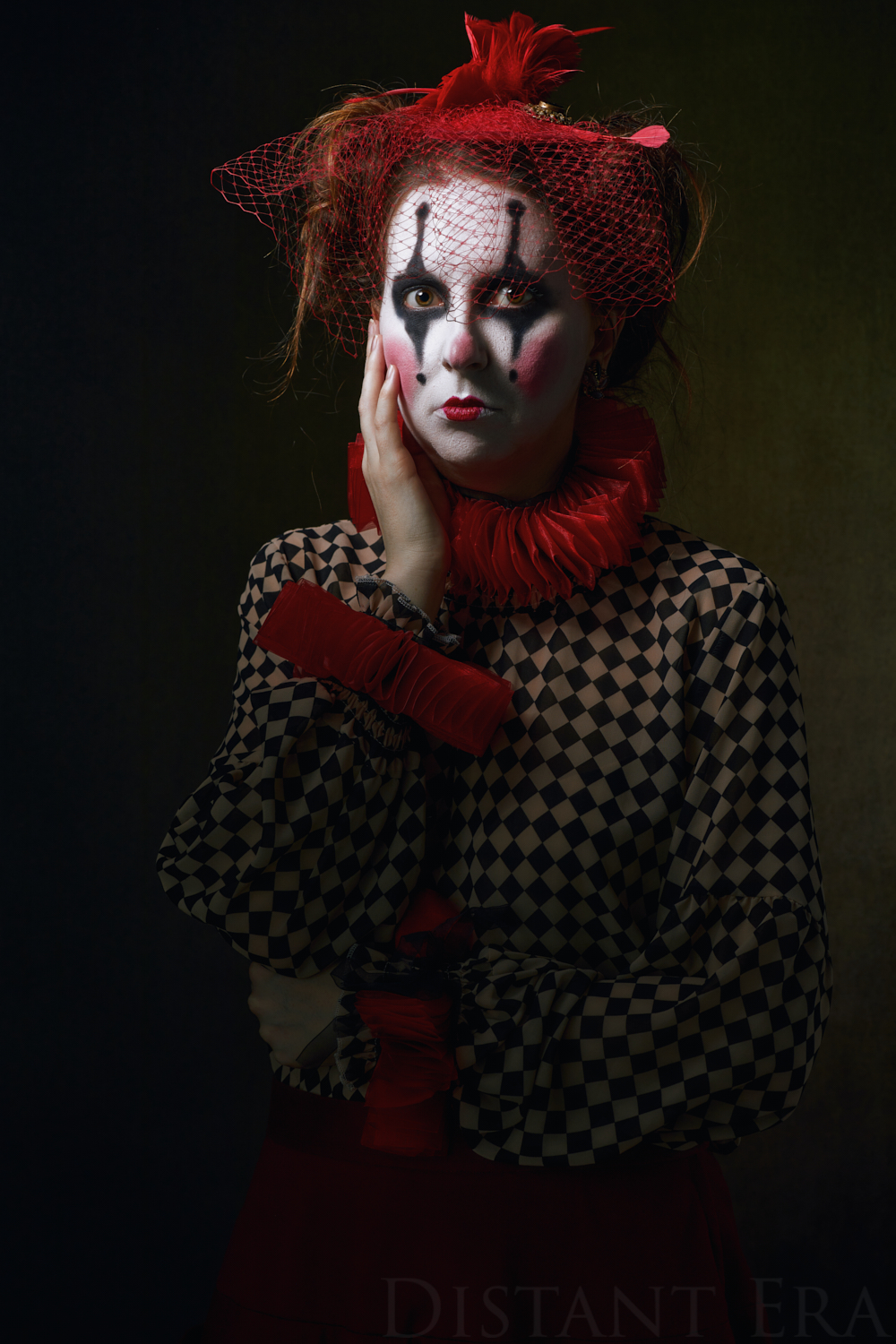
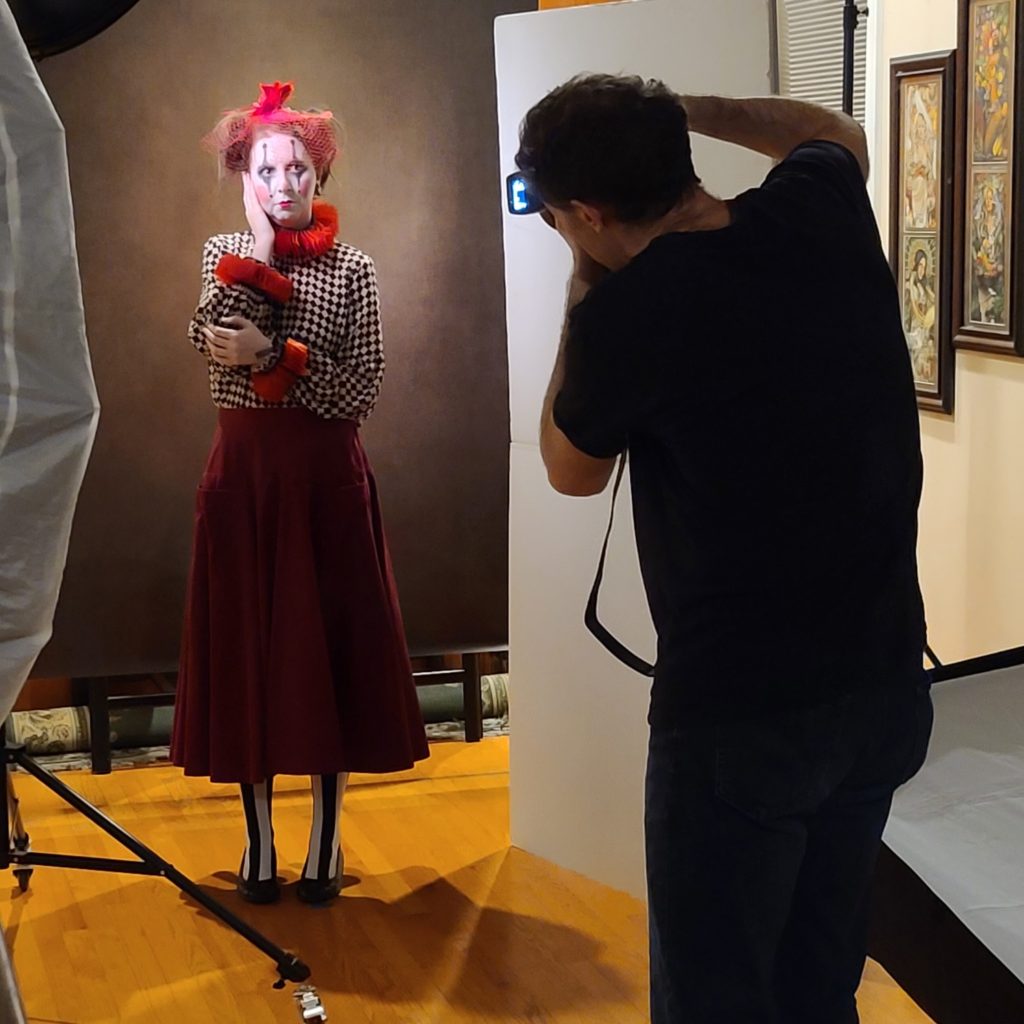
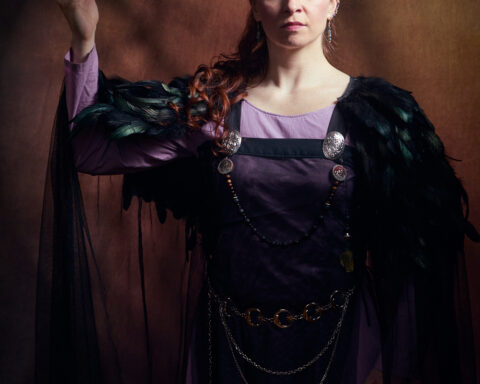

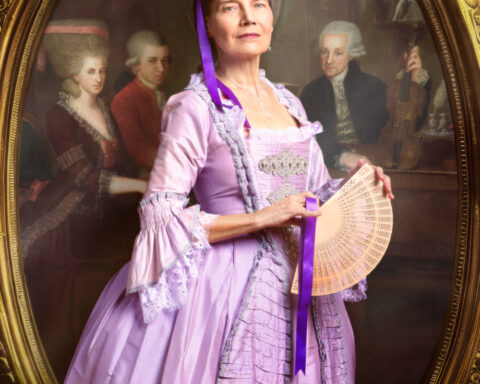
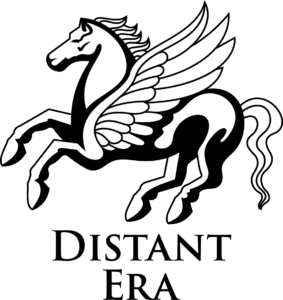
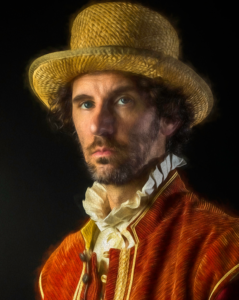
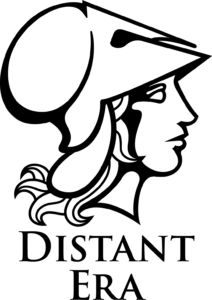
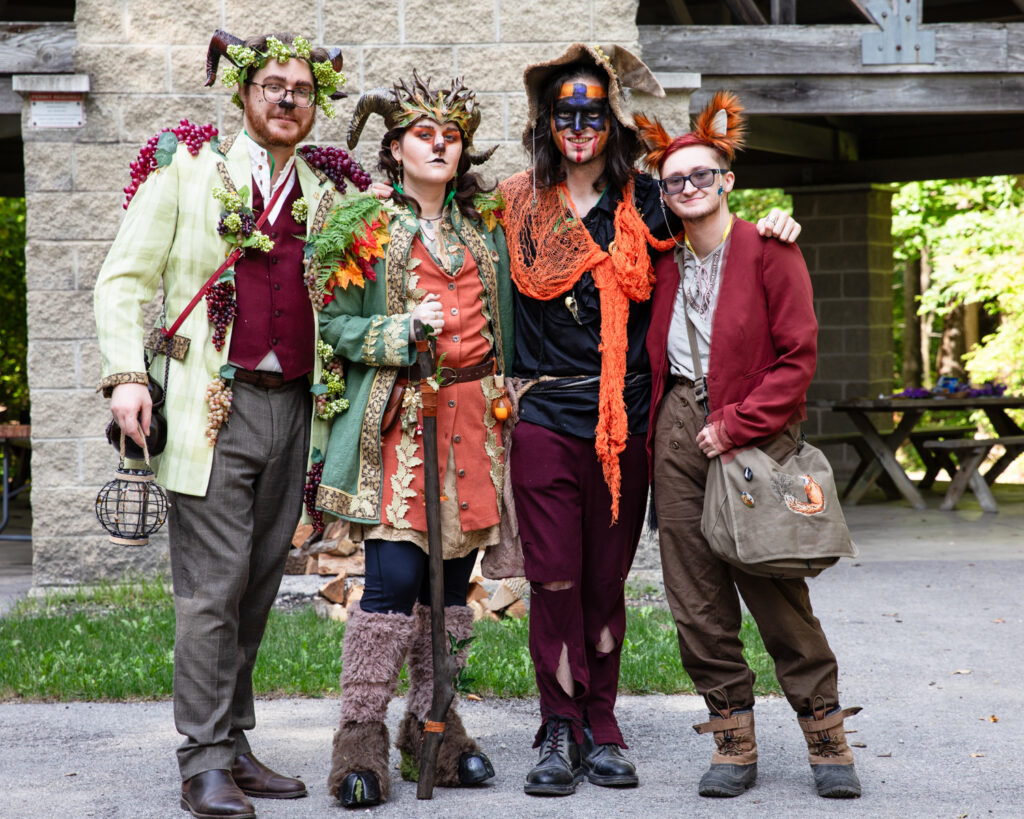
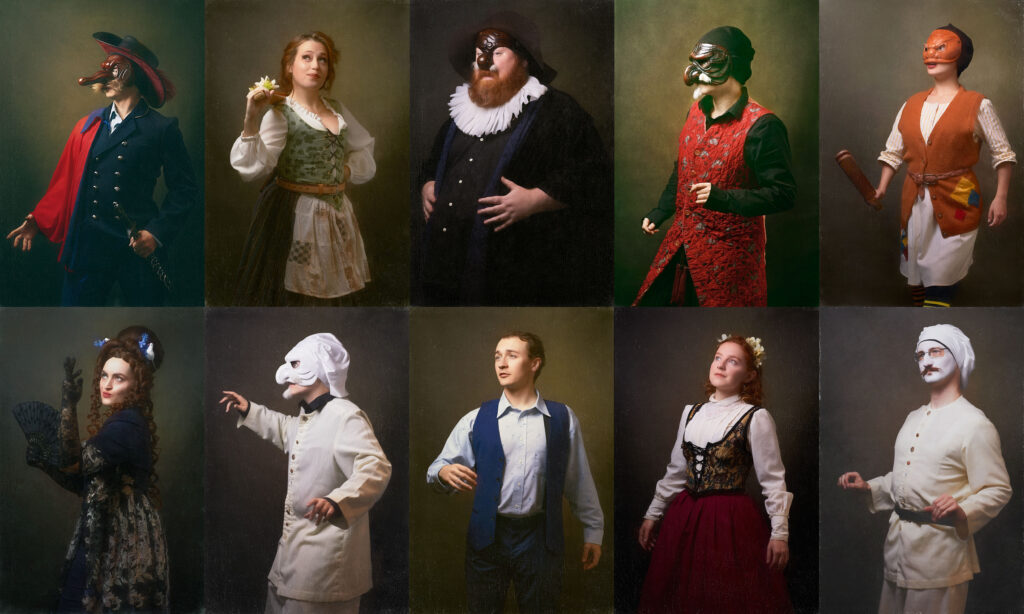
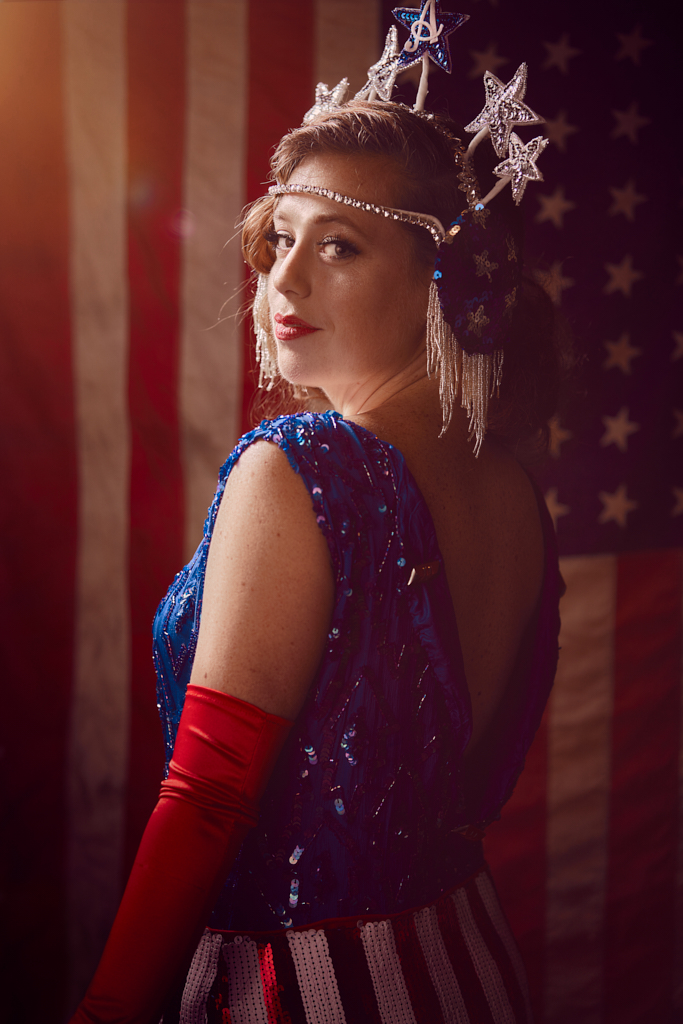

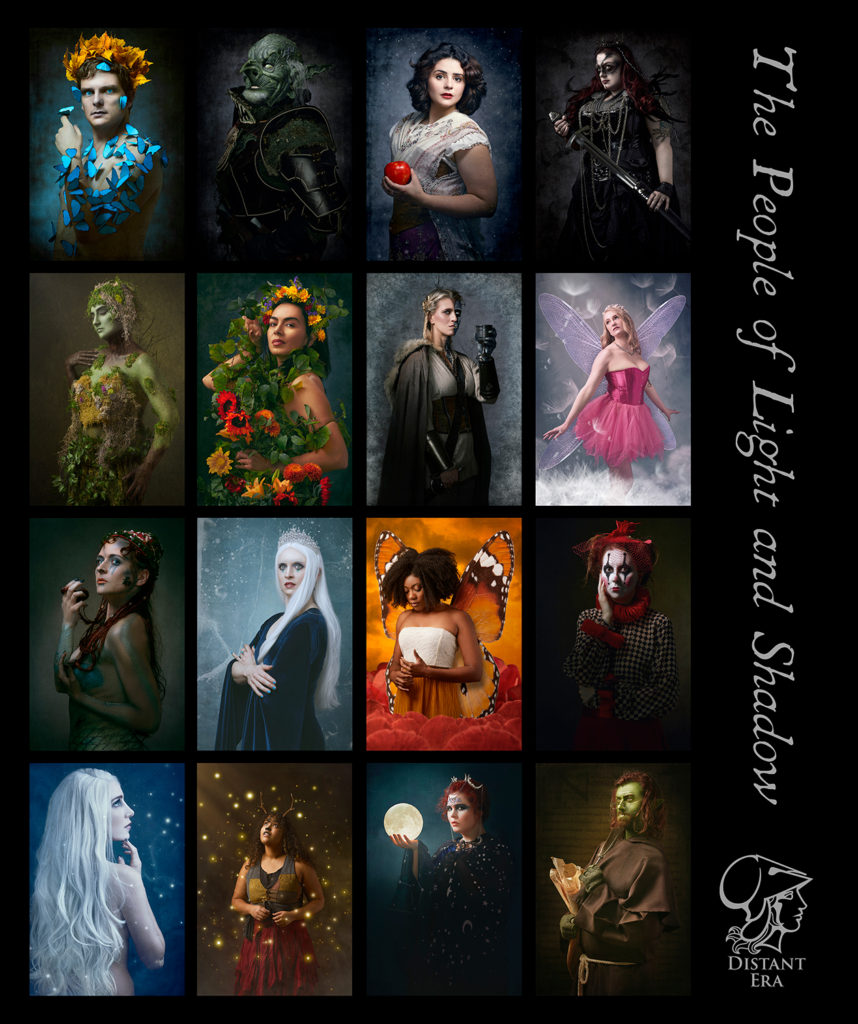
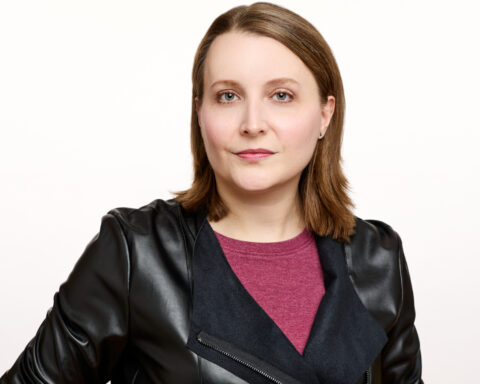
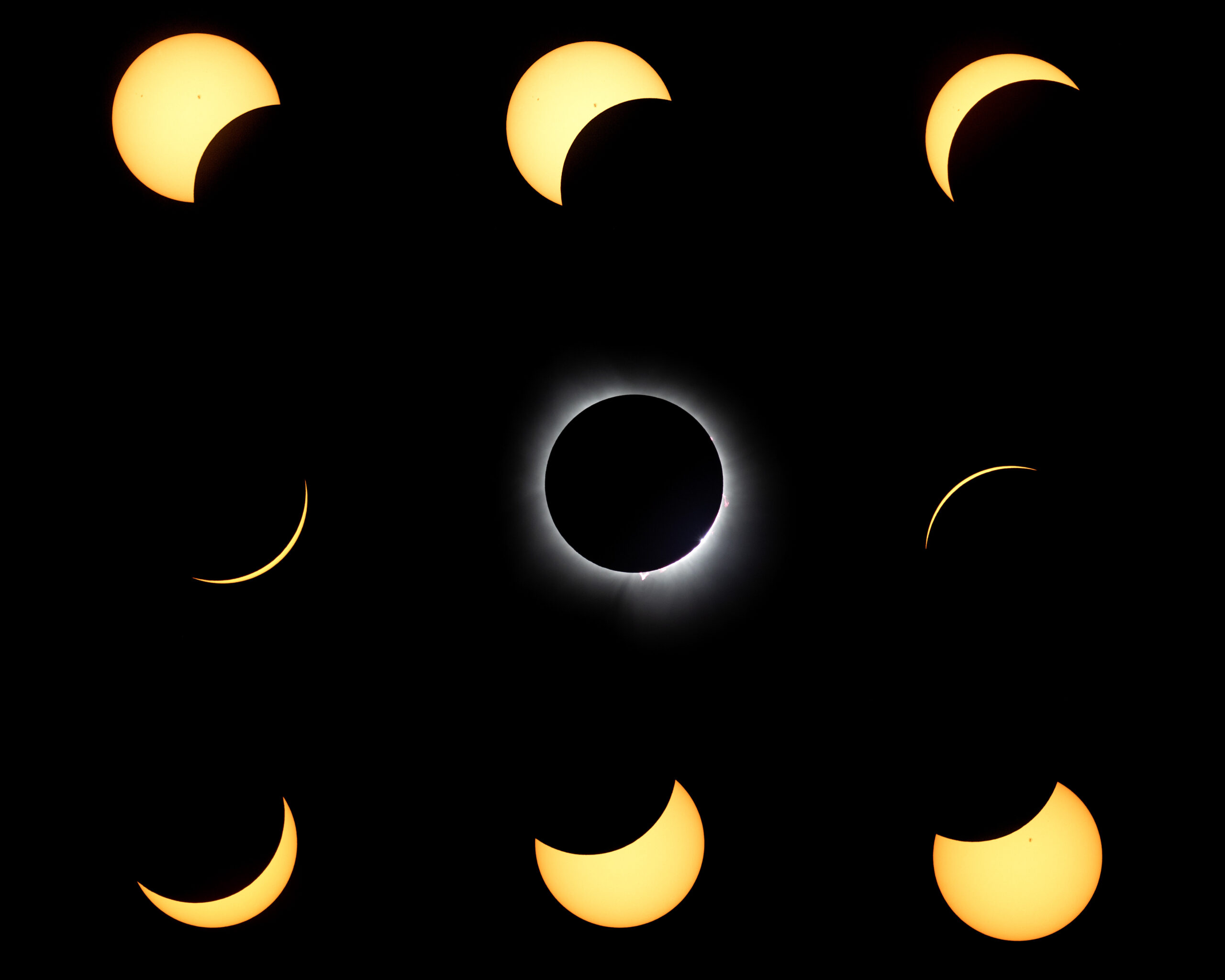
Follow Me